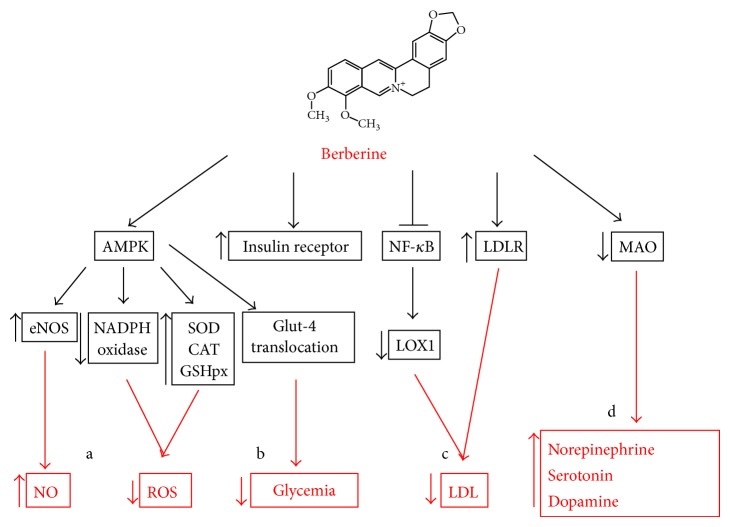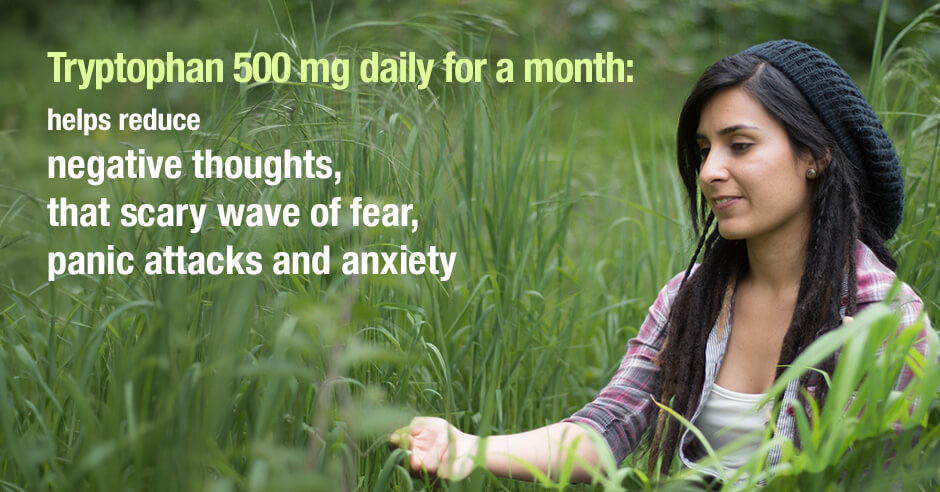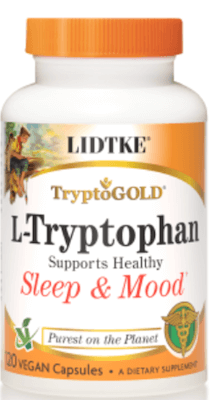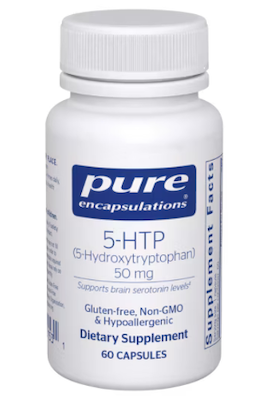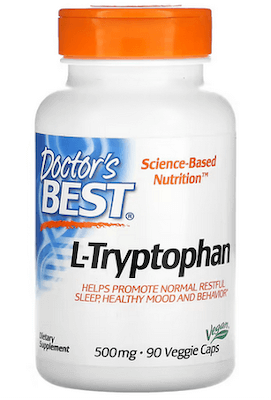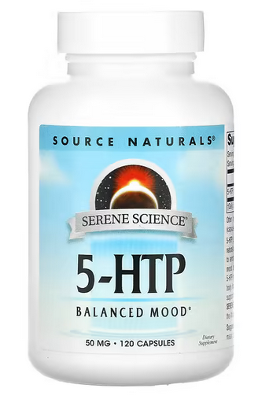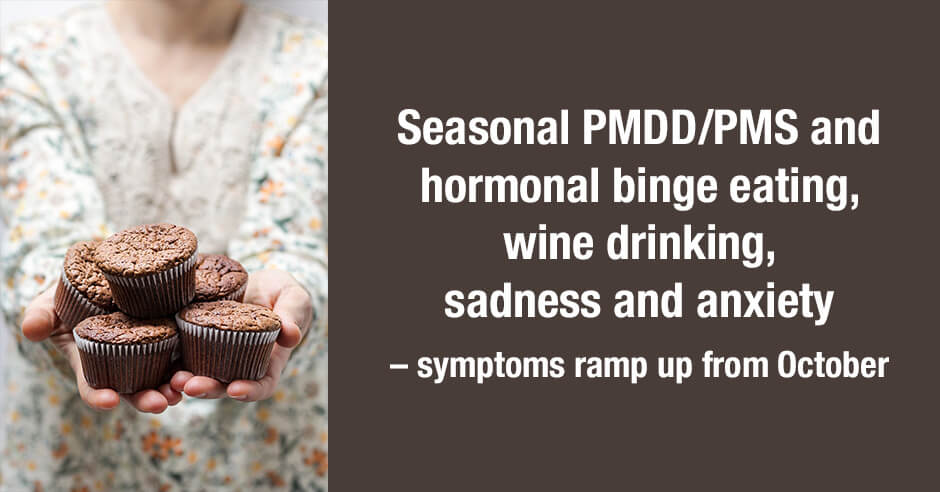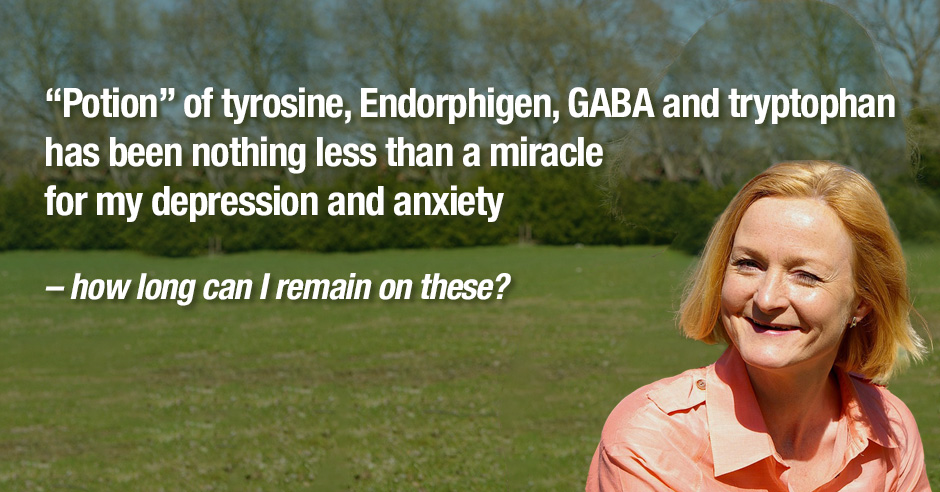
Trudy, your information about GABA has absolutely changed my life. I was suffering from proctalgia fugax alarmingly frequently over the last 10 + years, not just during the night but also during the day, at work, while driving, anywhere… which caused so much anxiety and stress for me. I had many episodes where I had vasovagal episodes and passed out (which instantly resolved the symptoms but left me exhausted and battered.)
Now, because of your information I have a strategy that seems to work almost all the time- I take half a teaspoon of GABA powder sublingually as soon as I feel the twinge coming on. I sit on the ground in a safe place where I can either slump left or right without hitting my head (seriously! ).
I open the “breathing app” on my phone (free app) and focus on breathing in time with the inflating and deflating ball on the screen . I have more powder if the symptoms are not fading. Reducing the panic by controlling my breath is absolutely crucial, and the GABA powder short cuts the whole episode.
In the past, before GABA, I have had episodes that lasted over an hour. I have small tubs of GABA stashed in my handbag, gym bag, office, car etc. This has been the only thing that helped. Thank you
Fran posted this wonderful feedback about how the amino acid GABA, used as a supplement, is life-changing for her proctalgia fugax. If, like Fran and I, you’ve experienced these anal cramps (or butt cramps or anal sphincter spasms or “cramps in your bottom”), I know you can relate to how intense the pain can often be.
Today’s blog highlights more about this condition in case proctalgia fugax is new to you or if this application of GABA is new to you. I also discuss GABA dosing and some insights that may help Fran (and her son) get even more relief. And I share some of the latest research which unfortunately doesn’t offer much in the way of a solution.
How much GABA does Fran use?
I thanked Fran for sharing her wonderful success using GABA for proctalgia fugax. And I acknowledged how stressful it is to not know when the next episode will happen and then to be in such pain for over an hour in some instances. Like Fran, I’ve had a few clients also report passing out due to the pain.
She mentions using “half a teaspoon of GABA powder sublingually” as soon as she feels the twinge coming on. The key here is use it as soon as you feel the twinge of pain and using it sublingually like Fran does is perfect. Half a teaspoon of the powder is around 1500 mg GABA, which is a very high dose (a typical starting dose is 125 mg GABA).
I first blogged about GABA as a solution for my agonizing rectal pain and spasms in 2017. I find that 125 mg to 250 mg GABA works well for my needs and have had similar feedback from others in the community. I share this to illustrate the variability in the amount that may help.
For Fran, increasing the amount of GABA may help with prevention. But given the high dose she is already using I suspect that as time goes on and her GABA levels increase, it’s possible that her need to sit on the ground and use the breathing app may no longer be needed. She may find her GABA levels rebound with consistent GABA use throughout the day, even when she is not experiencing rectal spasms.
She does also mention feelings of panic so it’s possible that low serotonin may also be a factor. If this is the case then a trial of tryptophan or 5-HTP is worth considering.
GABA helps Fran’s son too
Fran added this PS to her comment:
Ps my 21 yo son has started experiencing these symptoms recently and he follows the process of taking GABA and using the breathing app and hasn’t had an episode last longer than a few minutes. I am so grateful that he hasn’t experienced a full blown episode of proctalgia fugax.
How wonderful that this helps her son too!
For both of them, I’d recommend trying to figure out what may be contributing to their low GABA levels and addressing those root causes. My book is a great starting point to address dietary factors, gut health, low zinc, low vitamin B6, toxins and infections that may play a role.
What is proctalgia fugax pain like and how is it treated medically?
This recent paper, Chronic anal pain: A review of causes, diagnosis, and treatment shares that “chronic anal pain is a relatively common problem affecting up to 11.6% of the US population.” Proctalgia fugax is one type of chronic anal pain and in this paper the pain is described as follows:
- “Short-lasting (seconds or minutes) sharp deep rectal stabbing or cramping. No radiation. No anorectal pain between episodes.
- The pain can occur night or day and vary in severity from uncomfortable to unbearable.”
It’s really disappointing to me that the solution offered is simply reassurance and an explanation:
From a treatment perspective, the problem with diagnosing proctalgia fugax is that symptoms are generally too brief or infrequent to treat. Thus, the key is patient reassurance and explanation, such as describing the condition as a “cramp in your bottom” that is harmless and not indicative of any serious bowel disease.
It may be harmless but I’ve had clients describe the pain as excruciating and agonizing, with many saying it’s worse than childbirth.
As you read above, these episodes caused Fran “so much anxiety and stress”, caused her to pass out and left her feeling “exhausted and battered.” I don’t know what her medical team told her but I believe we can do better than what these authors are proposing.
The first time I experienced a proctalgia fugax episode, I was terrified and beside myself, not knowing what it was or what to do. The pain was extremely severe and lasted about an hour. I eventually figured out the solution because I had used GABA for my own anxiety and to ease tense muscles and other kinds of pain.
GABA for anxiety, pain and muscle spasms (and more)
A number of studies have shown that “GABA is implicated in a large number of diseases including anxiety and stress disorders, pain, musculoskeletal disorders, sleep disorders, depression, addiction and withdrawal syndromes.”
It’s time that GABA supplementation is recognized and used more for pain, muscle spasms and anxiety – everything that Fran and her son experience. I’d love to get some cases like this published so we can get the message out in a bigger way and have the research catch up with what we are seeing clinically. If you know of anyone who could help in this regard please do comment below or reach out.
A few GABA product options – a sublingual, a powder and a cream
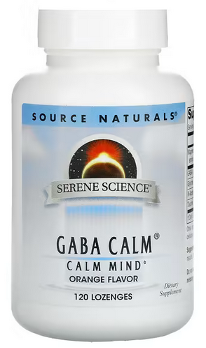
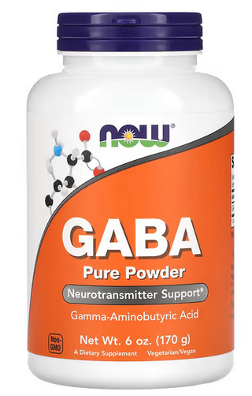
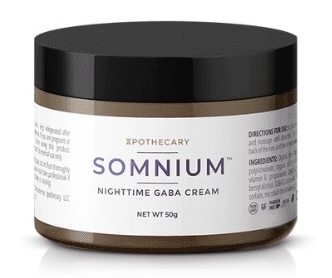
Fran used a GABA powder, possibly similar to Now GABA Powder (which does need to be measured out to provide a 125 mg typical starting dose). Keep in mind, some individuals need less to start and some like Fran may need more.
When using GABA powder I have clients use a handy mini measuring spoon like this one (my Amazon link) and share more about how to measure out GABA powder on this blog).
Source Naturals GABA Calm lozenges (a good low dose of 125 mg) is another GABA product I recommend and is helpful in cases of proctalgia fugax because of the lozenge instead of it being a powder that needed to be measured.
For Source Naturals GABA Calm lozenges and Now GABA Powder:
- You can purchase these from my online store (Fullscript – only available to US customers – use this link to set up an account).
- If you’re not in the US, you can purchase these at iherb (use this link to save 5%).
Somnium GABA Cream used before bed may prevent an episode in the night and is less likely to stop an episode that is in full force. It is available in the US and elsewhere with international shipping. Read more about the product and who else may benefit from using a cream, and grab my coupon code to save 15%.
Additional resources when you are new to using GABA and other amino acids as supplements
As always, I use the symptoms questionnaire to figure out if low low GABA or other neurotransmitter imbalances may be an issue.
If you suspect low levels of any of the neurotransmitters and do not yet have my book, The Antianxiety Food Solution – How the Foods You Eat Can Help You Calm Your Anxious Mind, Improve Your Mood, and End Cravings, I highly recommend getting it and reading it before jumping in and using amino acids on your own so you are knowledgeable. And be sure to share it with the practitioner/health team you or your loved one is working with.
There is an entire chapter on the amino acids and they are discussed throughout the book in the sections on gut health, gluten, blood sugar control (this is covered in an entire chapter too), sugar cravings, anxiety and mood issues.
The book doesn’t include product names (per the publisher’s request) so this blog, The Antianxiety Food Solution Amino Acid and Pyroluria Supplements, lists the amino acids that I use with my individual clients and those in my group programs.
If, after reading this blog and my book, you don’t feel comfortable figuring things out on your own (i.e. doing the symptoms questionnaire and respective amino acids trials), a good place to get help is the GABA QuickStart Program (if you have low GABA symptoms). This is a paid online/virtual group program where you get my guidance and community support.
If you are a practitioner, join us in The Balancing Neurotransmitters: the Fundamentals program. This is also a paid online/virtual program with an opportunity to interact with me and other practitioners who are also using the amino acids.
Wrapping up and your feedback
I appreciate Fran for sharing her success with GABA and the success her son has experienced too. I do hope this information has been helpful for you and for them too.
Now I’d love to hear from you – does any of this resonate with you? Have you had success like this with GABA? What solution has your medical team offered?
If you’re a practitioner is GABA one of the amino acids you use with your clients/patients?
Feel free to share and ask your questions below.


